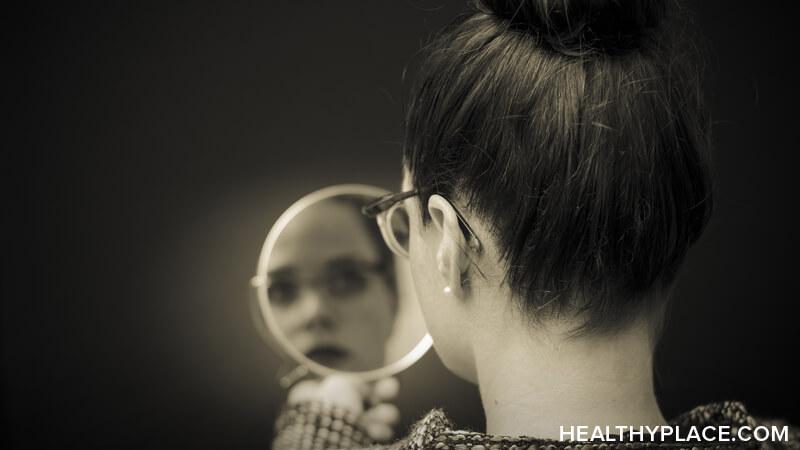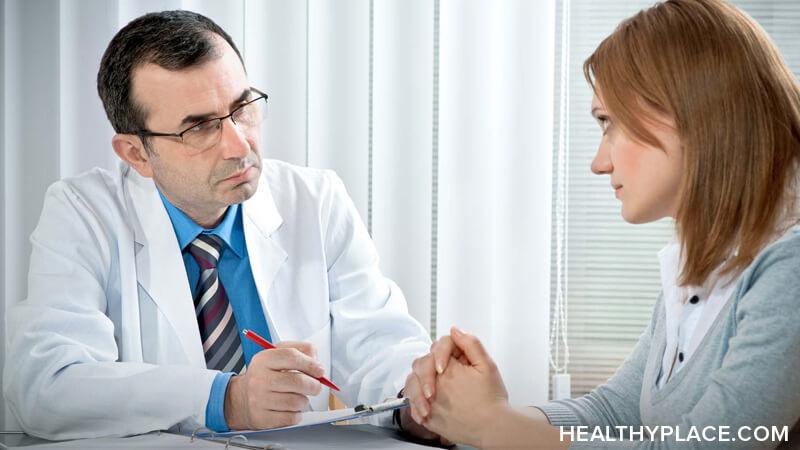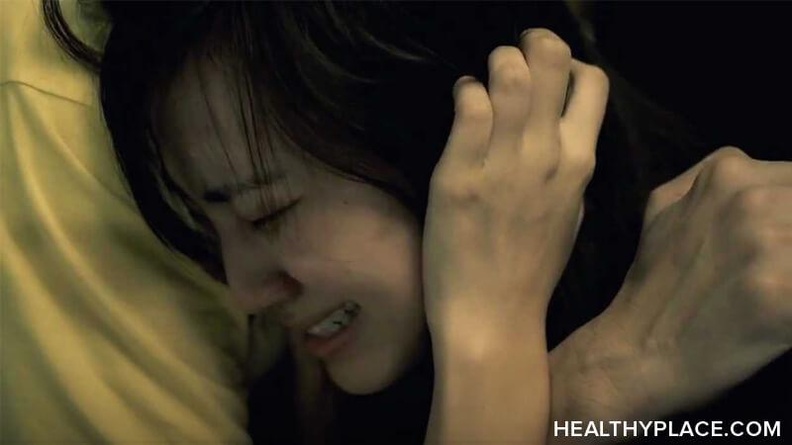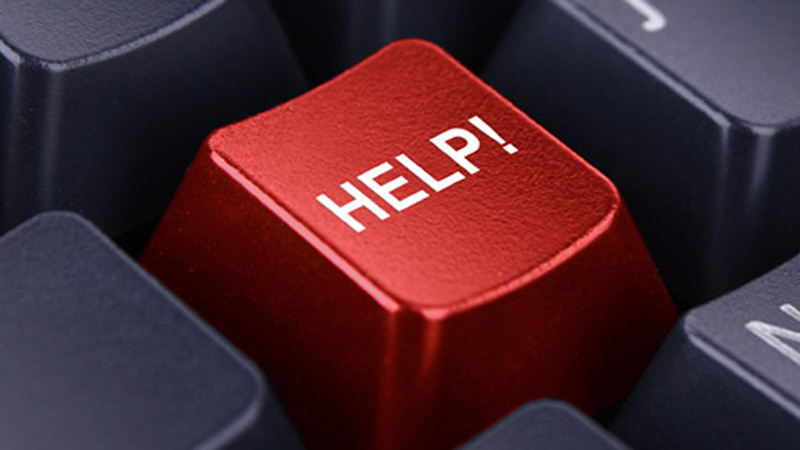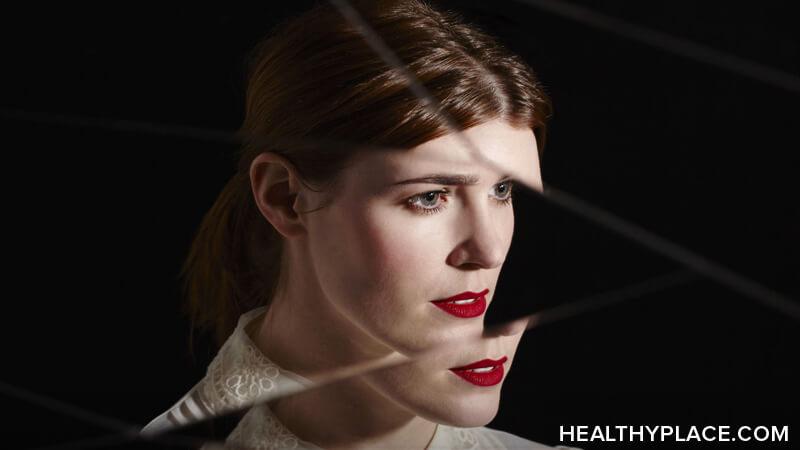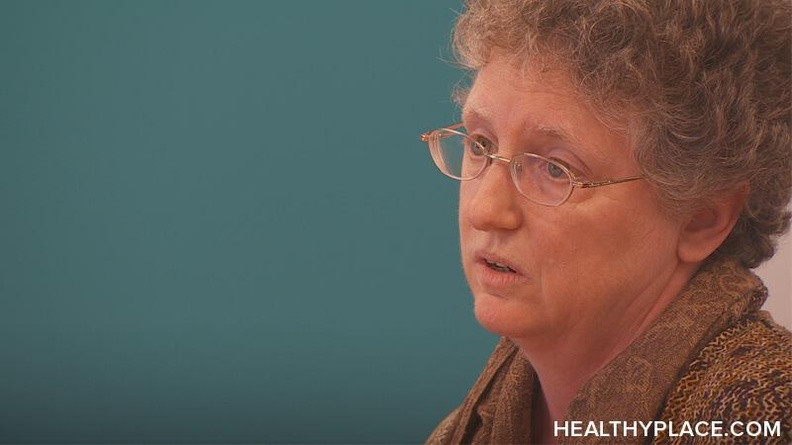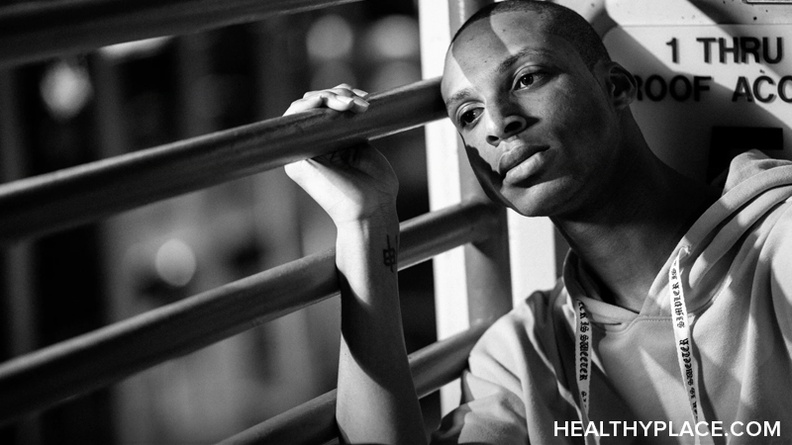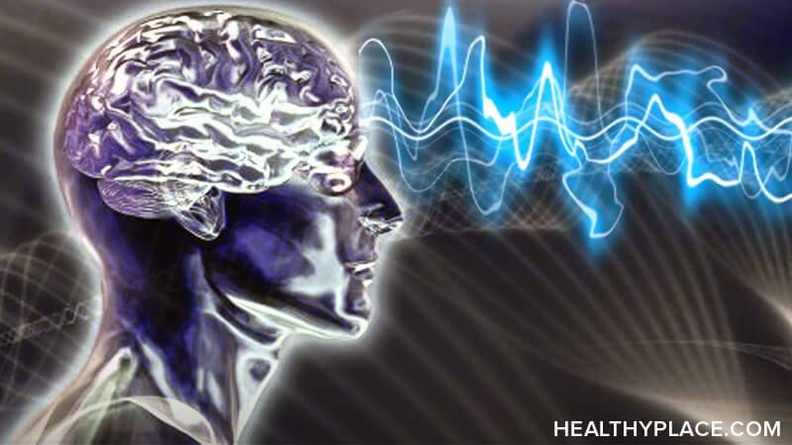Trichotillomania Symptoms: Signs of Hair Pulling Condition
People with trichotillomania, or hair pulling condition, suffer from a persistent urge to pull their own hair out from the scalp, eyebrows, or other areas. Some people with this disorder may have only mild symptoms, but for others, the urge to pull hair becomes overwhelming, causing great anxiety.
Common Trichotillomania Symptoms
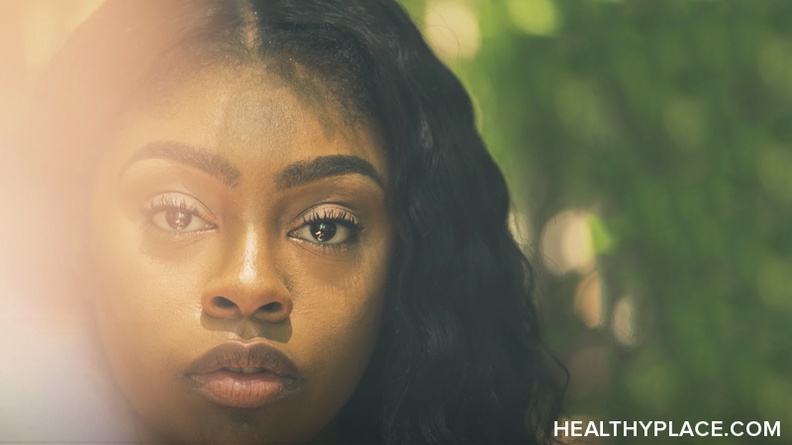
Many people hide their trichotillomania symptoms by only acting on the hair pulling urge in private. Some people intentionally pull their hair and focus intently upon the activity. Others may pull their hair unconsciously, such as when studying for an exam or if they become frustrated or bored.
People with this obsessive hair pulling condition may use fingernails, tweezers, pins, or other mechanical tools to pull the hair. In some cases, this can cause permanent hair loss or scarring of the skin. (more on effects of pulling out eyelashes and hair)
Watch for these common trichotillomania symptoms:
- Repetitive acts of hair pulling from scalp, eyebrows, eyelashes or other body areas
- Persistent urge to pull hair with feelings of relief after pulling the hair
- Bald areas on the scalp or other areas
- Missing eyelashes or eyebrows
- Chewing on pulled hair
- Playing with pulled hair
- Skimming pulled hair across the face or lips
- Increase distress that interferes with daily life
Additional Symptoms of Hair Pulling Condition
Some people suffering from this hair pulling condition swallow their hair. Doctors refer to the act of purposely swallowing hair as trichophagia. When you eat your hair, you may develop trichobezoars, or hair balls, in your stomach or gut. These hair balls can cause fairly serious symptoms that include:
- Nausea
- Vomiting
- Stomach or lower abdominal pain
- Stomach bleeding
People with trichotillomania frequently try to hide or camouflage the hair loss resulting from the disorder. They may use hats, scarves, long-sleeved shirts, or false eyelashes. Others simply avoid social situations altogether to keep people from asking about the hair loss.
If you, or someone you love, have these trichotillomania signs, talk to your family doctor or a mental health professional about assessing your condition and getting hair pulling help and trichotillomania support.
APA Reference
Gluck, S.
(2022, January 10). Trichotillomania Symptoms: Signs of Hair Pulling Condition, HealthyPlace. Retrieved
on 2025, November 9 from https://www.healthyplace.com/ocd-related-disorders/trichotillomania/trichotillomania-symptoms-signs-of-hair-pulling-condition
